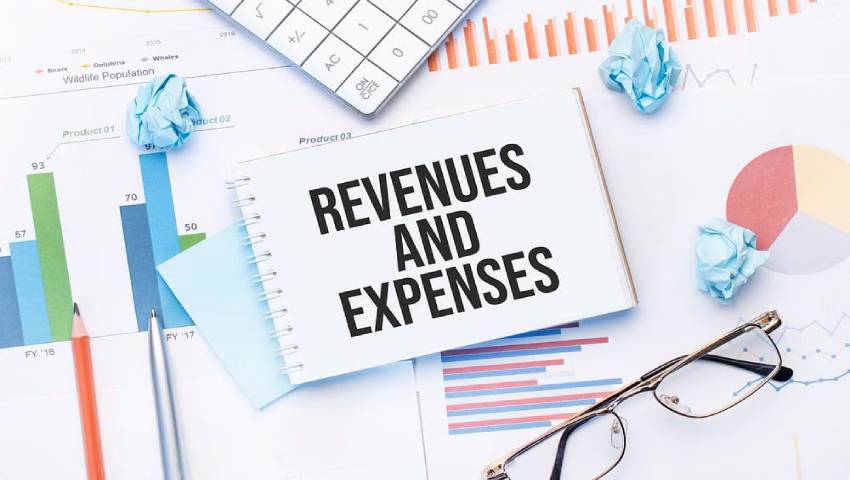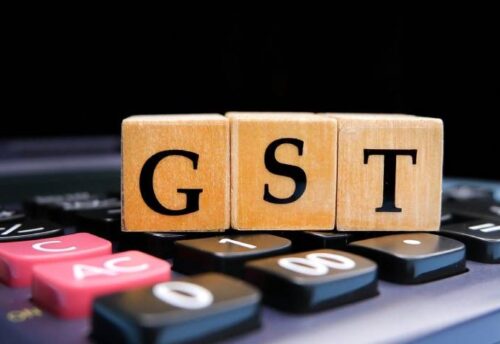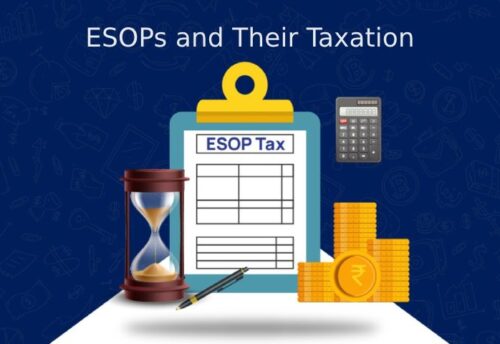
- 29/04/2025
- MyFinanceGyan
- 56 Views
- 1 Likes
- Finance, Tax
Understanding Revenue and Expenses in Direct and Indirect Taxes
Taxes are instrumental in the financial growth of every nation. The Indian government earns taxes in the form of two major categories — direct taxes and indirect taxes. Taxes not only contribute significantly as a source of revenue but also assist in paying for necessary public facilities and infrastructure. We, at My Finance Gyan, think that everyone should be straightforwardly explained about complicated financial aspects so that people and business entities can make out how the tax system functions.
To get a better sense of how the government works in terms of finance, it is necessary to understand how revenue is recognized and expenses are incurred and handled under both forms of taxation.
What Is Revenue in Taxation?
Revenue is the income received by the government from different sources, and taxes are the major contributor. The revenue assists the government in carrying out its functions and providing services like healthcare, education, law and order, and infrastructure development.
Two major categories of taxes that contribute to the revenue of the government are:
- Direct Taxes: These are taxes paid directly by individuals or entities to the government. Examples are Income Tax, Corporate Tax, and Capital Gains Tax.
- Indirect Taxes: These are taxes levied by intermediaries (such as businesses) from customers and then paid to the government. Typical examples are Goods and Services Tax (GST), Customs Duty, and Excise Duty.
Revenue Recognition: When Is Tax Income Recorded?
Revenue recognition is a bookkeeping concept that identifies when income is to be accounted for on the books of the government. Under taxation, it is based on when the right to receive the tax is established.
Direct Tax Revenue Recognition:
For direct taxes such as Income Tax:
- Revenue is usually recognized once the income has been earned and the taxpayer is obliged to pay the tax.
- For instance, if an employee drawing salary earns income during a financial year, income tax liability is ascertained after filing the return.
- In some instances such as advance tax, revenue is recognized as and when the tax is paid in installments during the year.
Indirect Tax Revenue Recognition:
For indirect taxes like GST:
- Revenue is recognized at the time of supply of goods or services.
- Under the GST regime, tax is paid at the point of sale, and companies have to remit it to the government before the due date.
- This gives a constant and real-time flow of revenue to the government.
What Is Government Expenditure?
While revenue is income, expenditure is money the government pays to operate the nation. These include:
- Administrative expenses (government staff salaries, office maintenance, etc.)
- Developmental outlays (road construction, schools, hospitals)
- Subsidies and welfare programs (such as PMAY, and MGNREGA)
- Interest paid on government loans
- Defense and security expenditure
Both direct and indirect tax collections are credited to the Consolidated Fund of India, from where these expenses are incurred.
Direct vs Indirect Tax: Revenue and Expense Flow:
- Direct taxes: such as income tax are given directly to the government by individuals or companies. The fund is reported when the tax is due or paid and is utilized for public expenditures, infrastructure, and welfare programs. As it’s a direct payment, the government itself is responsible for assessments and audits to confirm proper collection.
- Indirect taxes: such as GST are collected by businesses from consumers at the point of sale and then paid over to the government. It generates a steady stream of revenue and shifts the tax burden to the end consumer. Though both types of tax fund the same type of government spending, indirect taxes demand more frequent reporting and adherence by businesses.
Why This Understanding Matters?
For taxpayers and companies, knowing how the government accounts for revenue and spends it is important. Here’s why:
- It aids companies in planning cash flows around tax payments (particularly for GST compliance).
- Individuals become better-informed citizens, knowing how their tax payments are utilized.
- It encourages transparency and accountability in how the government makes and spends money.
Key Takeaways:
- Direct taxes are paid by individuals and organizations based on profit or income.
- Indirect taxes are levied on the sale of goods and services and transferred to the government.
- The point of revenue recognition varies: when the tax is due (direct tax) versus when a sale occurs (indirect tax).
- Government spending is financed from both sources of taxation and includes necessary services, welfare, and administration.
- Awareness of this flow of funds raises awareness and promotes prudent tax conduct.
Conclusion:
India’s taxation, either by direct or indirect taxes, is responsible for financing public services. Knowing how the revenue is being collected and utilized makes us understand where our money is going. Keep yourself updated with easy finance knowledge at My Finance Gyan. Subscribe to our Newsletter for the latest updates on tax and finance!



